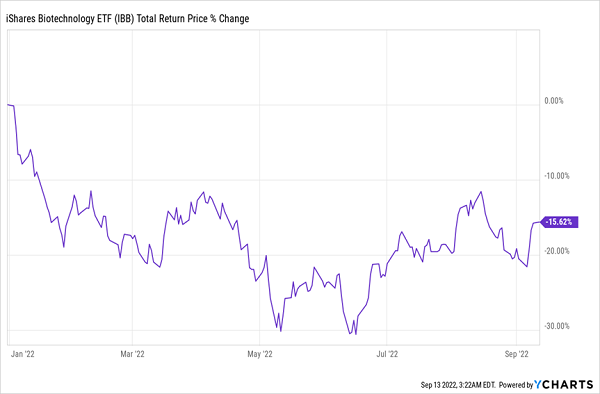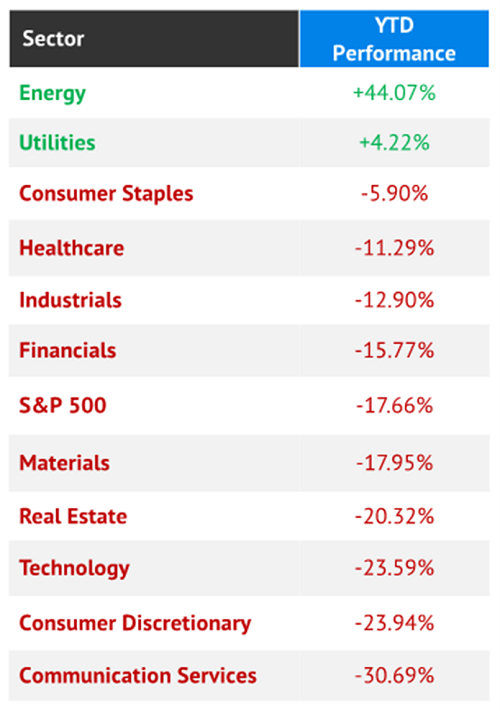“Hey Brett, how’s business?”
“Awful,” I admitted. “But we’re a startup. If we can improve from awful to simply bad, it will be a big milestone for us.”
That was one economic meltdown ago, back in 2008. I had just left my “day job” to start my first company. On cue, the Great Recession descended upon us.
But the gloomy economic backdrop didn’t matter. Actually, it was a blessing. A recession is actually the best time to start companies and grow them.
As a startup with no money, we were able to cobble our limited resources together to get the company off the ground.… Read more




Recent Comments